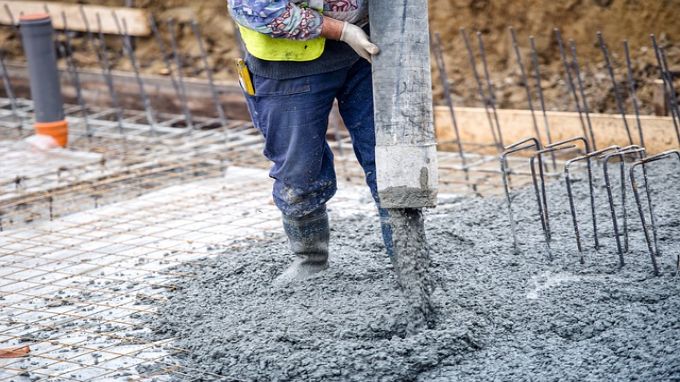A concrete slab foundation provides your home with one solid base and can reduce construction time by eliminating crawl spaces. However, this type of foundation does have certain drawbacks you should keep in mind before building on it.
One of the main downsides of a slab foundation is that gas and water lines must be installed within it, making accessing them for repairs more challenging.
Cost
Price of a concrete house slabs Melbourne foundation depends heavily upon location and scope. Labor and materials make up the primary costs for any construction project, including foundations. Local concrete costs as well as building material costs all factor into its final price tag; according to Homewyse estimates that an average slab foundation costs between $4 to $8 per square foot.
Once the footings are installed, builders can start building walls atop them. At this stage, many utilities such as plumbing and electricity will also be installed; heated floors can also be added at this point if desired.
Moisture cannot get under a concrete slab, making termites and other pests less likely to be an issue. Furthermore, its lack of an airspace saves on utility costs since you won’t need to heat it; but be wary that plumbing pipes encased in concrete could make repairs or maintenance harder to reach.
Durability
A slab-on-grade foundation offers many advantages to homeowners. One advantage is eliminating the need for basement or crawl space storage space. Furthermore, its front door may be closer to or even level with the ground for easier accessibility by those with limited mobility.
However, slab foundations may be less durable than other foundation types due to not being covered with soil. They also tend to crack more frequently for various reasons including changes in moisture, tree roots growing through it and earthquakes or freezing ground conditions.
Another downside of concrete slab foundations is that plumbing repairs may be challenging. When there is a leak, repair teams need to jackhammer through the concrete in search of leaky pipes; alternatively, using insulation like EPS foam with parging or exterior cement board can deter termites from digging into your house below.
Moisture
Moisture in concrete slabs can cause costly structural issues if left unaddressed quickly. Moisture problems in a slab may stem from poor drainage or construction mistakes; dehumidifiers and fans can help draw out air humidity to speed the drying process and eliminate moisture altogether. A moisture sealer may also provide additional protection.
Moisture can seep into a concrete slab from both inside and outside a home, including through mis-mixing of concrete by contractors that leads to an increased water content that will take more time for drying out.
Other sources of moisture in concrete include temperature and humidity in its surroundings as well as soil weight-bearing capacity. Vapor retarders may help limit moisture movement into a slab; however, wetting down fill course or blotter layer prior to pouring will speed up drying times and decrease drying times.
Crawlspaces
Homeowners frequently opt for crawl space foundations because they offer protection from flooding and environmental risks by lifting the structure a few feet off of the ground. Furthermore, these foundations make accessing plumbing, wiring and AC ductwork much simpler.
Slab construction is typically straightforward and cost-effective. After site preparation and minimal excavation, concrete formwork is installed to define the shape of the slab before liquid concrete is poured on top and allowed to dry and cure before it hardens and cures.
Crawl space foundations require extra maintenance. To protect against mold, mildew and other issues in cold climates where concrete cracks from freezing/thawing cycles, homeowners can invest in insulation that will safeguard their home against this problem – though insulation costs more but it may save costly foundation repair later. Crawl spaces also tend to experience moisture damage more readily than basements do as well as potential radon gas leakage issues.
